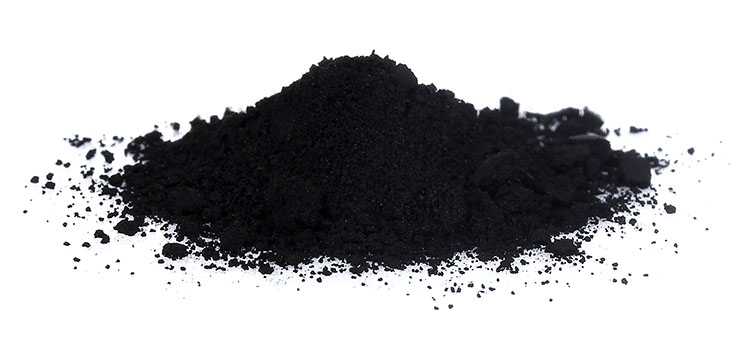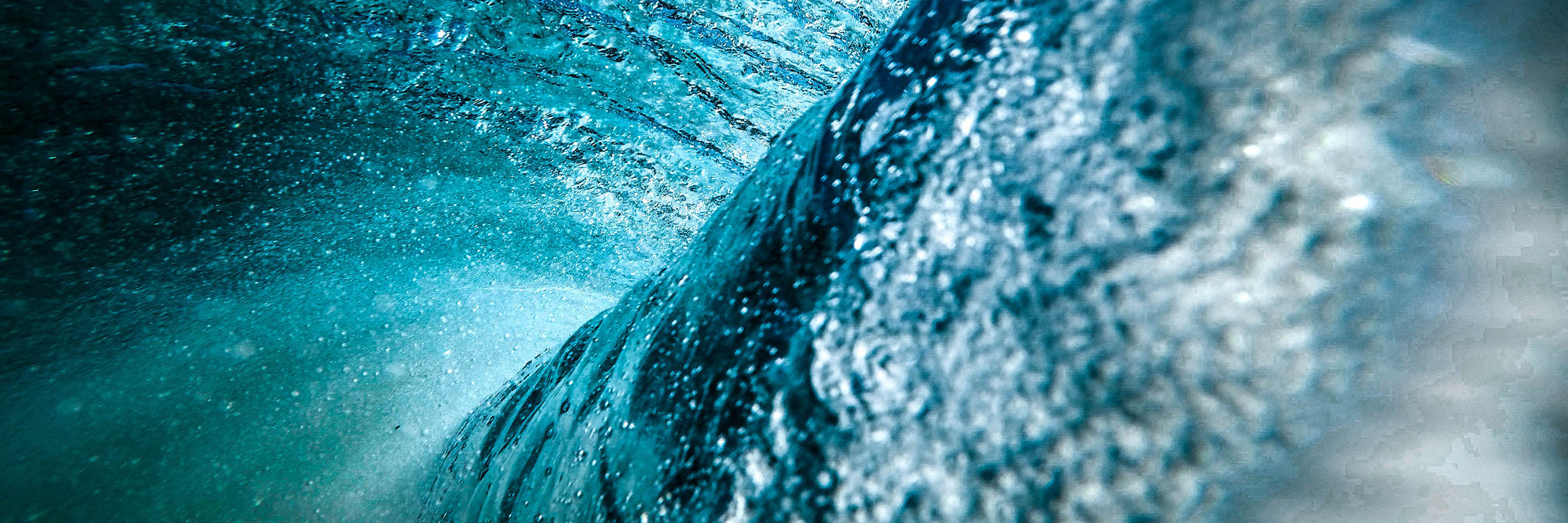Activated Carbon
Activated carbon, in the truest sense of the word, is in everybody's mouth. Was the black powder in the past only know in medical or technical environments as filtration and superabsorbent media, it now shows up as a hyped magic cure for whiter teeth in more and more bathroom cabinets. Even non-medical practitioners recommend the black paste for a bright Hollywood-smile and the web is full of before/after pictures and selfies with black foaming mouths. And whoever is still not satisfied, can get the whole glory as a mask for facial cleaning, or as pills for detoxification.
Still - what is activated charcoal exactly? And by what does it obtain the capacity, to bind apparently everything? Contrary to trivial brown or stone coal, which were created from compressed plants over millions of years in the ground, activated carbon is produced in a special process from renewable resources. Base materials are e.g. olive kernels, wood, peat or coconut shells. The plant particles are first pyrolized, which means a carbonization at preclusion of oxygen. Thereby all vegetable materials are burnt except the carbon. The vegetable substance is downright “burnt out” and a multiple cavity system with capillary pores is left over. Vegetable coal, which is used as soil conditioner and fertilizer in the organic farming, is produced in the same way. But the subsequent “activation” does not take place as for activated carbon. During the activation (gas-activation) by a very hot gas stream (700 - 1000 °C), carbon monoxide and water outgas from the pyrolized material. The remaining is a porous and highly active carbon matrix with a huge inner surface: 4 g of activated charcoal (about 4 tea spoons) have an inner surface of 2000 - 6000 m2, which represents approximately the surface of a football field. As opposed to the gas-activation, there is also the chemical activation. Where chemicals, without upstream pyrolysis, activate the raw material at lower temperatures.

The remarkably high inner surface of activated carbon explains the powerful absorber and filtration capacity for noxious and toxic substances, like pesticides, chlorine, heavy metals, medical residues and bacteria. That's why it is used for drinking water treatment, air cleaning and other filter applications. As the inner surface of the activated charcoal gets more and more “occupied”, the absorbing function is reduced and the activated carbon must be replaced. But the once bonded substances are not released over time — they are permanently absorbed by the activated carbon.










